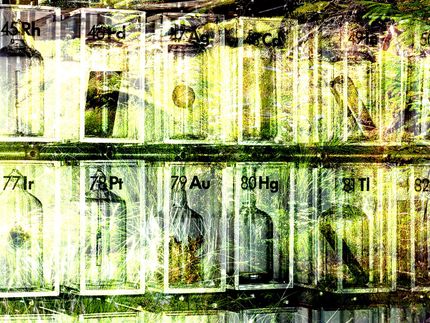DSM Triple P Report 2007: sustaina bility as a core element of company strategy
Royal DSM N.V. presented its fifth annual sustainability report: the Triple P (People, Planet, Profit) Report 2007 entitled Embracing the Future. DSM's sustainability strategy is based on three core values: Respect for People, Valuable Partnerships and Good Corporate Citizenship. The strategy is focused on four global trends which DSM has identified as being of particular significance to both the company and society at large. These are Climate and Energy, Health and Well-being, Functionality and Performance, and Emerging Economies.
The way in which DSM is responding and contributing to these four global trends reveals a clear development in the company's sustainability policy: while meeting ever more stringent regulatory requirements and ever higher societal expectations, DSM is striving to meet current and future unmet needs with innovative solutions. Entering new markets and developing new business models - for instance, the Base of the Pyramid - are one component of this thrust.
Another is the ongoing improvement of the company's eco-footprint and the effective management of its entire value chain, from research and development through sourcing and production to marketing and sales. In 2007 43% of DSM's total external spend was covered by Supplier Code of Conduct agreements in which suppliers commit themselves to the DSM Values. The long-term target is to have all of DSM's supplier base operate under the Supplier Code of Conduct.
Another important element of DSM's sustainability strategy is the development of innovative new products in response to climate change. Recent examples are the development of weight-saving performance materials for the automotive industry and the development of the process enzyme Brewers Clarex(TM), a beer stabilizer that prevents chill haze. A life cycle analysis carried out for this product in 2007 showed that if all beer consumed in the Netherlands during 2006 had been produced using Brewers Clarex(TM), the CO2 footprint of 50 million car-kilometers would have been avoided in terms of CO2 equivalent.
Most read news
Other news from the department business & finance

Get the chemical industry in your inbox
By submitting this form you agree that LUMITOS AG will send you the newsletter(s) selected above by email. Your data will not be passed on to third parties. Your data will be stored and processed in accordance with our data protection regulations. LUMITOS may contact you by email for the purpose of advertising or market and opinion surveys. You can revoke your consent at any time without giving reasons to LUMITOS AG, Ernst-Augustin-Str. 2, 12489 Berlin, Germany or by e-mail at revoke@lumitos.com with effect for the future. In addition, each email contains a link to unsubscribe from the corresponding newsletter.



























































